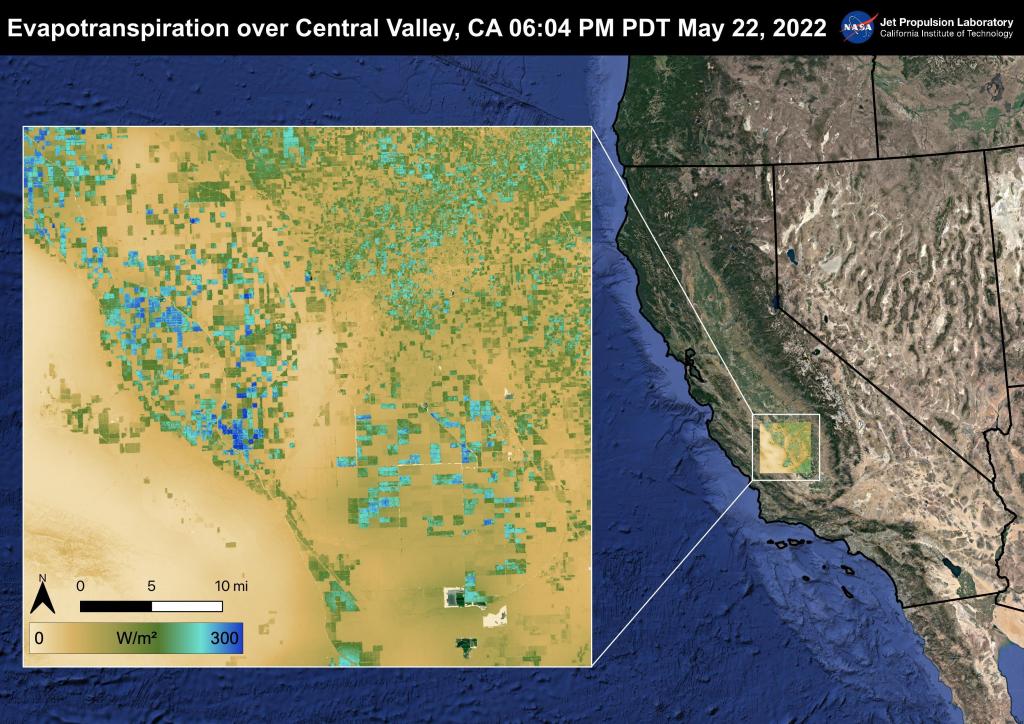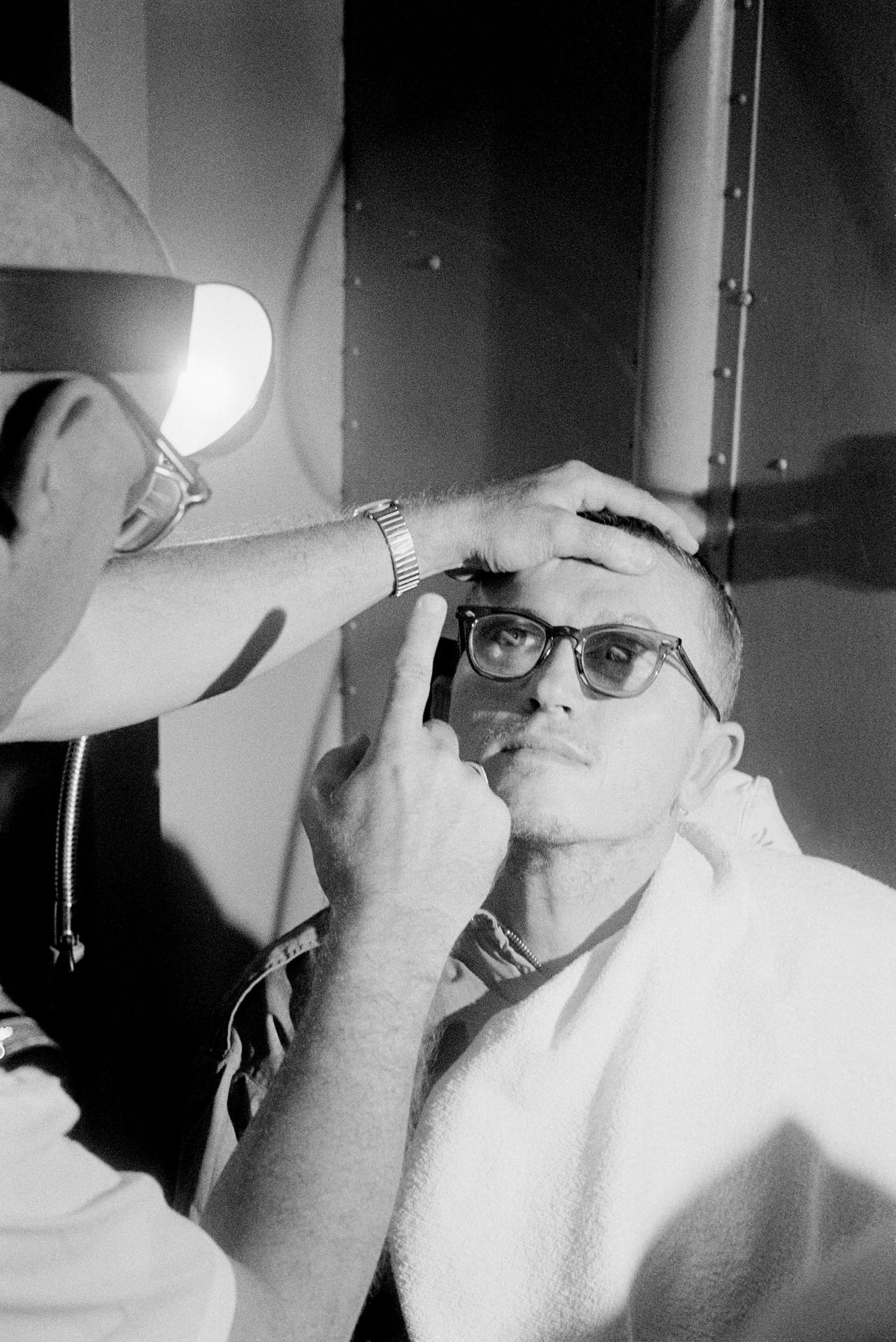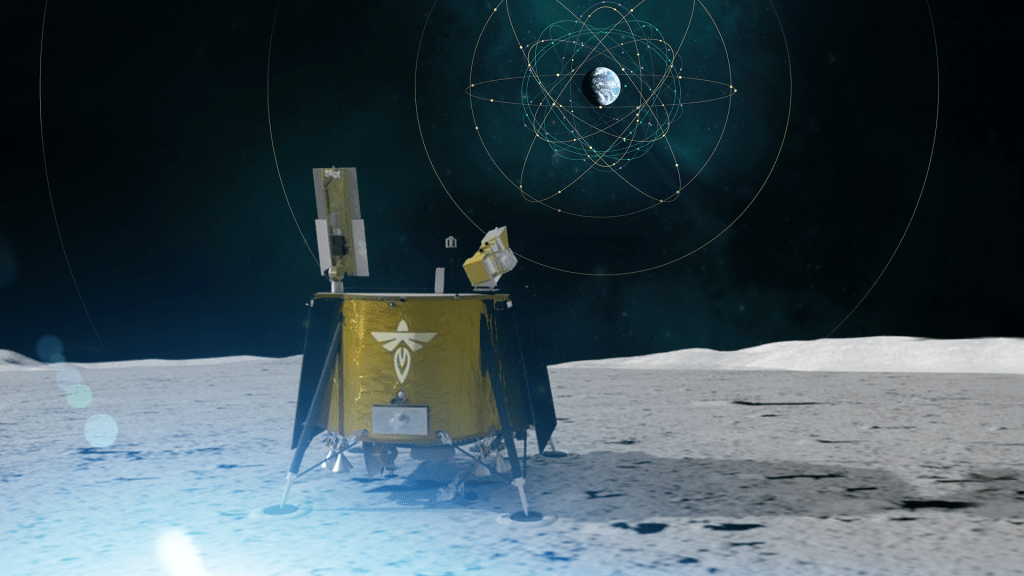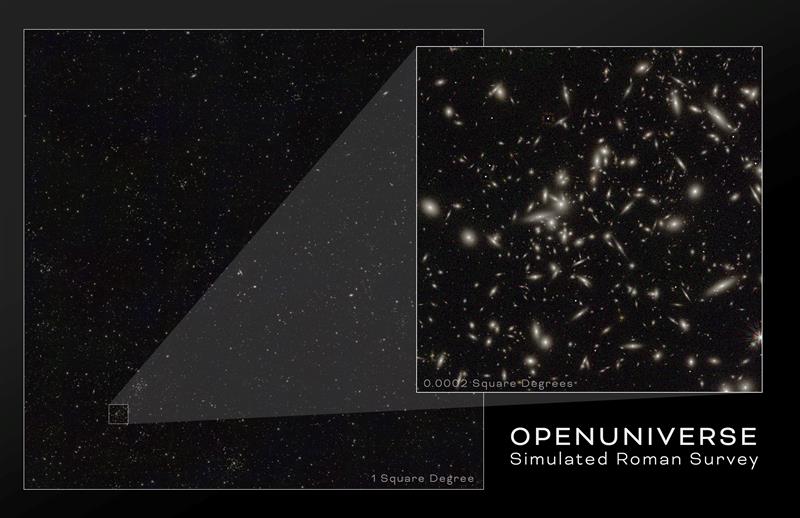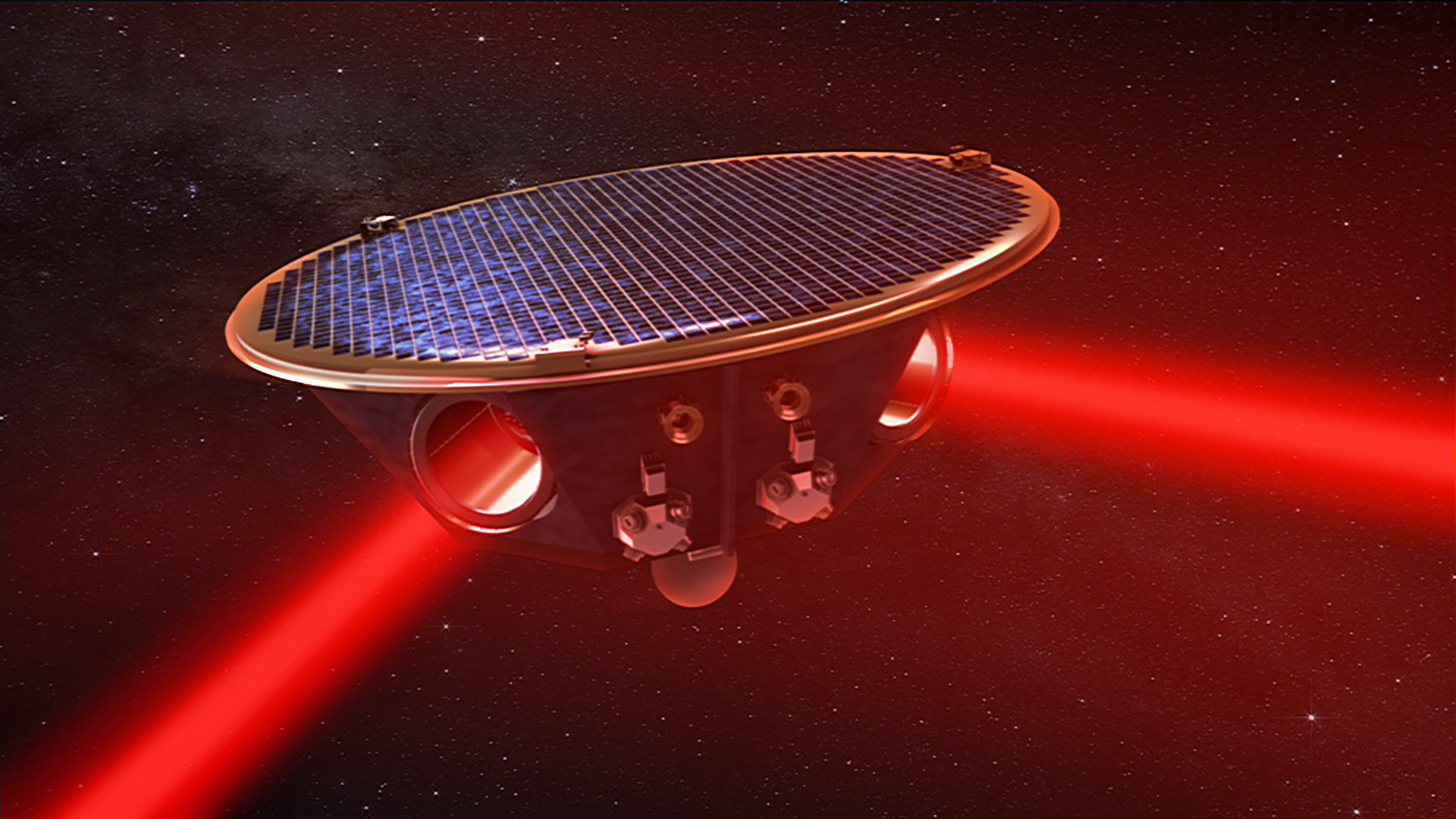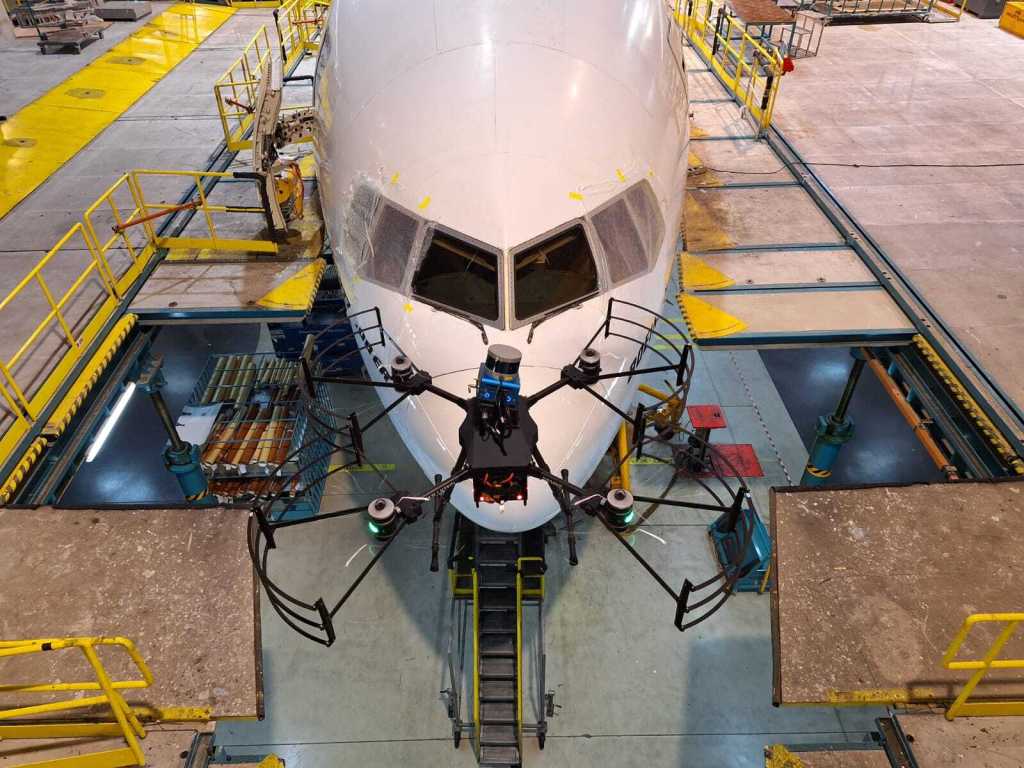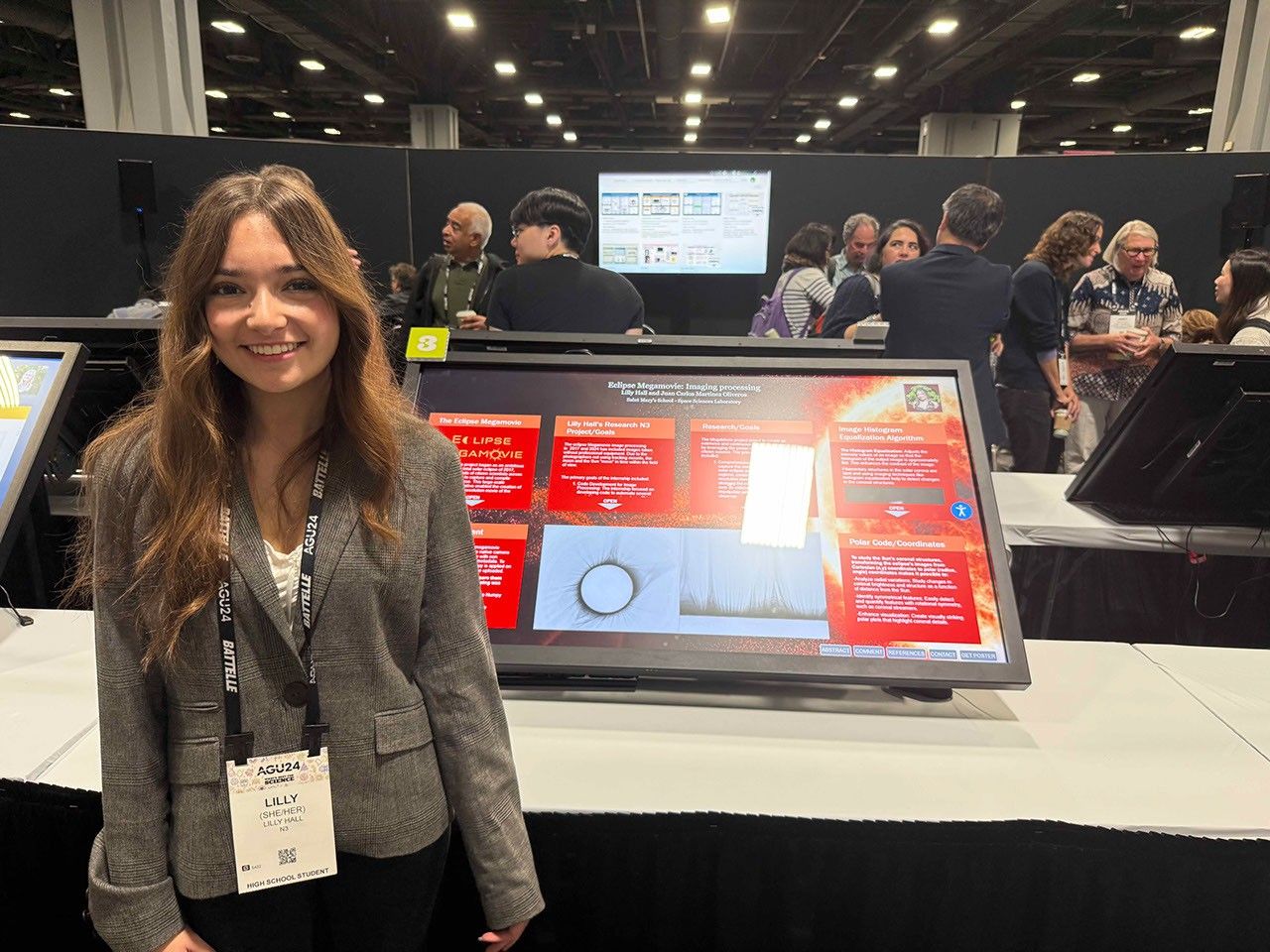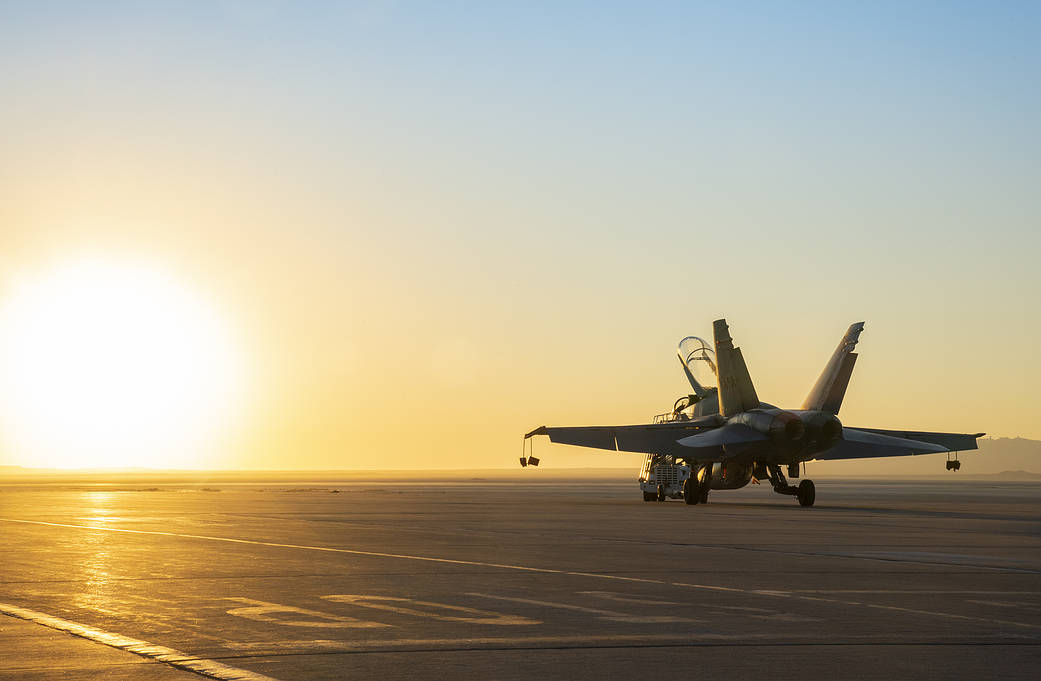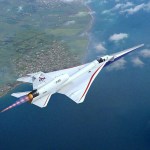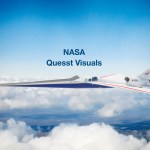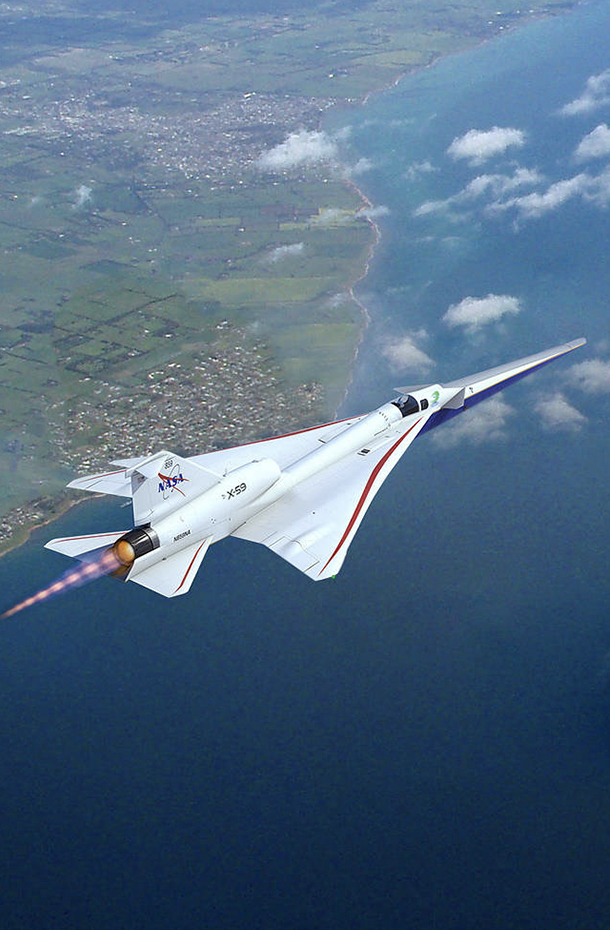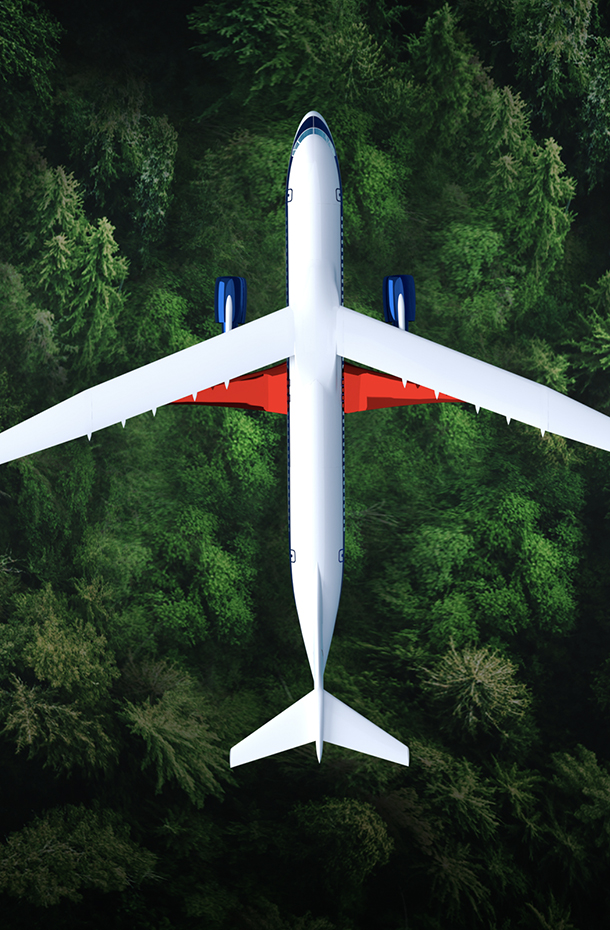Full Flight Schedule
After an initial series of flight tests to prove the quiet supersonic technology works as expected, NASA will fly the X-59 over several U.S. cities to measure public reaction, if any, to the hushed sonic thumps rippling over the population on the ground.
View the Flight Schedule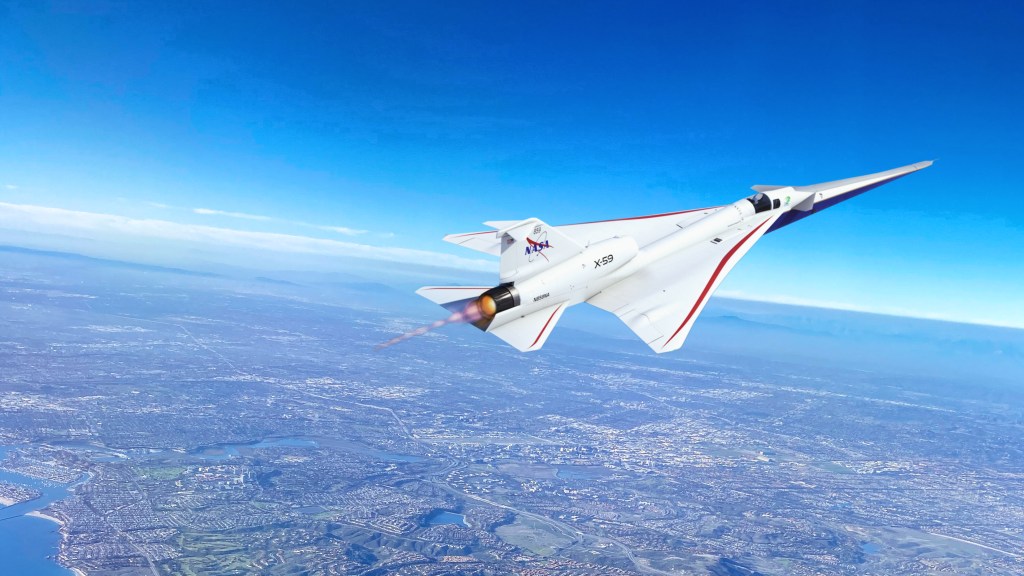
Latest News on the Quesst Flights
Stay up-to-date with the latest content from Quesst Flights as we research supersonic flight over land.
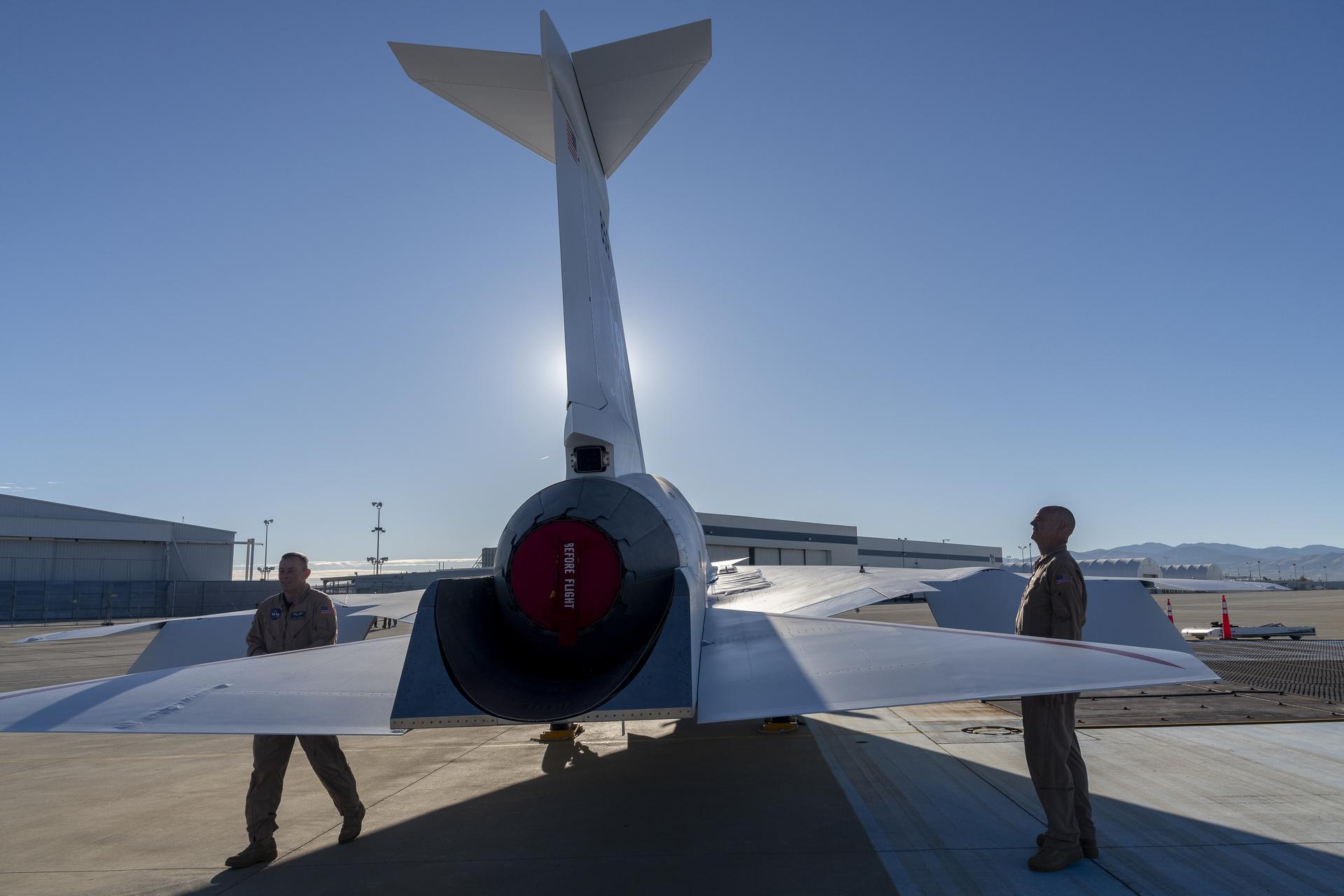
NASA has taken the next step toward verifying the airworthiness for its quiet supersonic X-59 aircraft with the completion of…
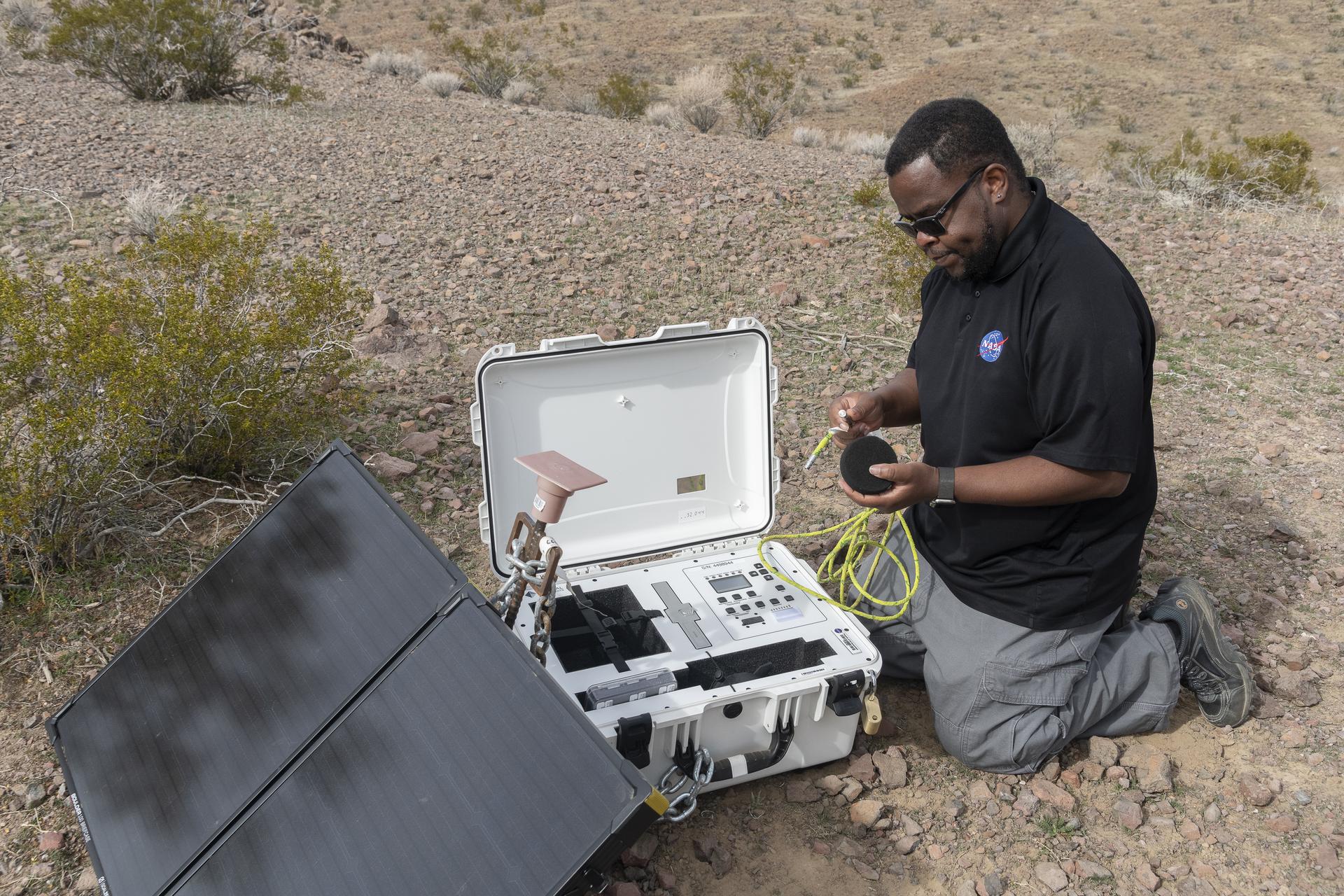
NASA’s X-59 experimental aircraft is unique – it’s designed to fly faster than the speed of sound, but without causing…

It’s almost time for NASA’s supersonic X-59 airplane to make its red, white, and blue public debut, and you’re invited…
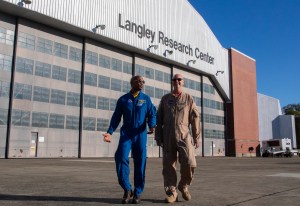
Nils Larson, aerospace engineer and test pilot for NASA’s X-59 aircraft, met up with his former student, Artemis II astronaut…

NASA researchers recently conducted a series of flights to record the sound of jet engines with the goal of using…
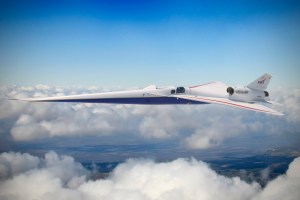
Assembly of NASA’s X-59 Quiet SuperSonic Technology aircraft is continuing during 2020 and making good progress, despite challenges such as…
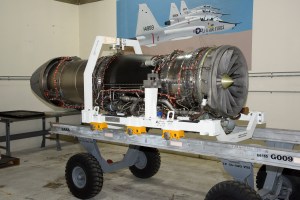
Mark the big one-of-a-kind engine, designed and built just for NASA, as delivered. Nearly 13 feet long, three feet in…
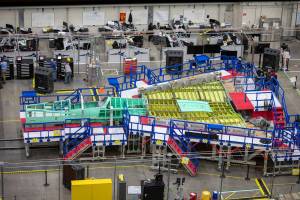
The wing and cockpit sections of NASA’s X-59 Quiet SuperSonic Technology (QueSST) are coming together at Lockheed Martin’s Skunk Works®…
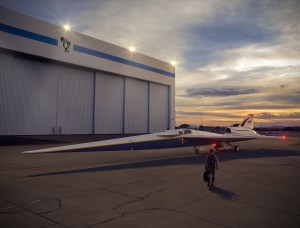
During the fall of 2019, a trio of free webinars were presented by NASA’s Aeronautics Research Mission Directorate and the…
How NASA’s X-59 May Change the Future of High-Speed Flight
NASA’s X-59 quiet supersonic research aircraft is the culmination of decades of aeronautics and supersonic flight research. The X-59 is designed to be able to fly supersonic, or faster than the speed of sound, without producing a loud sonic boom. Instead, the X-59 is designed to reduce that boom to a quieter sonic “thump.” The X-59 is the centerpiece of NASA’s Quesst mission, which seeks to survey the public’s response to quieter supersonic flight and provide data to regulators to consider removing the current ban on commercial supersonic flight over land, opening the future to reduced flight times around the country and the world.
Watch this 2-minute video on YouTubeQSF18
The Quiet Supersonic Flights 2018 (QSF18) activity took place in and over Galveston, Texas, and the Gulf of Mexico. Using a NASA F/A-18 research jet, it was designed to develop tools and methods for demonstration of overland supersonic flight with an acceptable sonic boom, and collect a large dataset of responses from a representative sample of the population.
View the QSF18 Presentation





